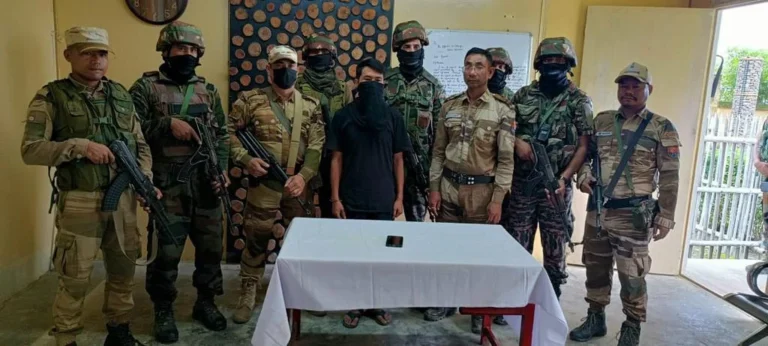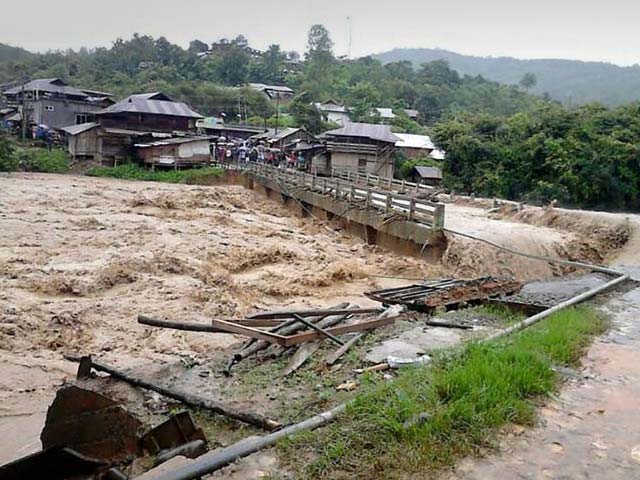India Completes 9.2 km Border Fencing at Manipur’s Moreh: A Strategic Milestone
Short Summary
India has successfully completed a 9.2 km border fencing project at Moreh in Manipur, a key trade and connectivity hub near the India-Myanmar border. This development, detailed in a Ministry of Home Affairs (MHA) report, aims to enhance border security, curb cross-border crime, and strengthen bilateral relations. The fencing initiative aligns with India’s broader efforts to secure its northeastern borders while fostering economic growth in the region.
The Complete Story: Analyzing India’s Border Fencing Project at Moreh
Why Is Border Security a Top Priority?
Let’s face it—borders define a nation’s sovereignty, and protecting them is essential for security and stability. For years, the northeastern states of India, including Manipur, have faced unique challenges due to their proximity to international borders. These challenges include smuggling, illegal migration, and even insurgency. The completion of the 9.2 km fencing project at Moreh, a town at the heart of India-Myanmar trade, is a significant step toward addressing these issues.
What Does the Moreh Fencing Project Involve?
This isn’t just any fencing project—it’s a carefully planned initiative designed to tackle specific challenges. The 9.2 km stretch of fencing is equipped with modern security features, including surveillance systems and patrol-friendly access. Its strategic location at Moreh underscores its importance, as this town serves as a gateway for trade between India and Myanmar. By strengthening security here, India can better monitor cross-border activities and reduce the risk of unlawful movements.
Economic Implications: Securing a Key Trade Route
Trade and commerce are as vital as security. Moreh is a critical node in the India-Myanmar-Thailand Trilateral Highway project, which aims to boost trade across Southeast Asia. Think of it as a bustling marketplace that connects different economies. But what happens when security is compromised? Smuggling and illegal activities can derail economic progress. By completing the fencing, India is not just protecting its borders but also safeguarding its economic interests.
Addressing Cross-Border Crime
One of the pressing reasons for this fencing project is the alarming rate of cross-border crime. The porous nature of the India-Myanmar border has been exploited for smuggling drugs, arms, and other contraband. The fencing acts as a barrier to these unlawful activities, ensuring that law enforcement can focus on legitimate trade and security concerns.
Impact on Bilateral Relations with Myanmar
Here’s where things get interesting: securing a border isn’t just about building fences; it’s about fostering trust. India shares deep historical and cultural ties with Myanmar. By enhancing border security, both nations can work toward mutual goals, such as combating terrorism and fostering economic collaboration. The fencing project is a testament to India’s commitment to strengthening its partnership with Myanmar.
Challenges in Implementing Border Fencing Projects
Of course, no project of this scale is without its challenges. For instance:
- Geographical Hurdles: The rugged terrain of the India-Myanmar border makes construction difficult.
- Local Resistance: Some communities depend on cross-border movement for their livelihood, leading to opposition.
- Logistical Issues: Coordinating resources and manpower in remote areas adds complexity.
Despite these obstacles, the successful completion of the Moreh project highlights India’s determination and capability.
The Role of the Ministry of Home Affairs
The Ministry of Home Affairs (MHA) has played a pivotal role in the completion of this project. Their comprehensive report outlines the strategic importance of fencing, not just for security but for the socio-economic development of the region. By prioritizing such projects, the MHA aims to create a safer and more prosperous northeastern India.
What’s Next? Future Border Security Initiatives
The 9.2 km fencing is just the beginning. The government plans to extend similar security measures across other vulnerable stretches of the India-Myanmar border. Additionally, there’s a growing focus on integrating technology, such as drones and advanced surveillance systems, to complement physical barriers.
FAQs
- Why was the Moreh border chosen for the fencing project?
Moreh is a critical trade hub and a vulnerable point for cross-border activities, making it a strategic choice for the project. - How will the fencing benefit local communities?
Improved security will curb illegal activities, promote legal trade, and create a safer environment for local residents. - What challenges did authorities face during construction?
Rugged terrain, logistical issues, and occasional resistance from local communities were among the main challenges. - Will this project impact India-Myanmar relations?
Yes, it’s expected to strengthen bilateral ties by fostering trust and collaboration on security and economic fronts. - What are the future plans for securing the India-Myanmar border?
The government plans to expand fencing and integrate advanced technologies like drones and surveillance systems.


